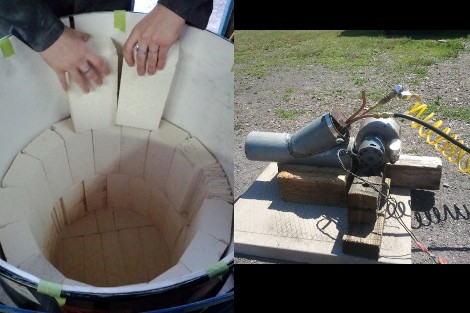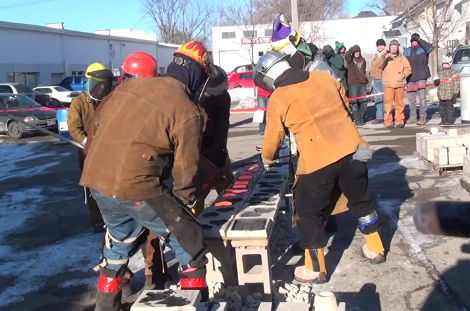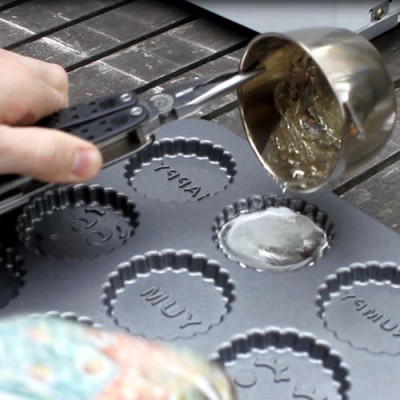
[Th3BadWolf] decided to undertake a casting foundry project of epic proportions. The hardest part of the build is obviously the apparatus for melting the metal. It needs a vessel that can stand up to the heat, and a heating method that has enough thermal power to melt metal. He’s just finished the burner portion of the build. His writeup includes information about the cement casting that finishes up the vessel on which he had already done a lot of work.
You’ll remember that for the enclosure he started with an oil drum and lined it with a ceramic blanket. That was lined with fire brick. In this update he finish it off by placing a smaller barrel inside to act as an inner form, then filled the remaining gap with 3000 degree cement.
The burner injects air, propane, and oil which are all driven by a blower and forced through a nozzle into the chamber. You can catch a quick blower and burner test clip after the break. We can’t wait to see the next post, which we assume will be a test run of the final assembly.














